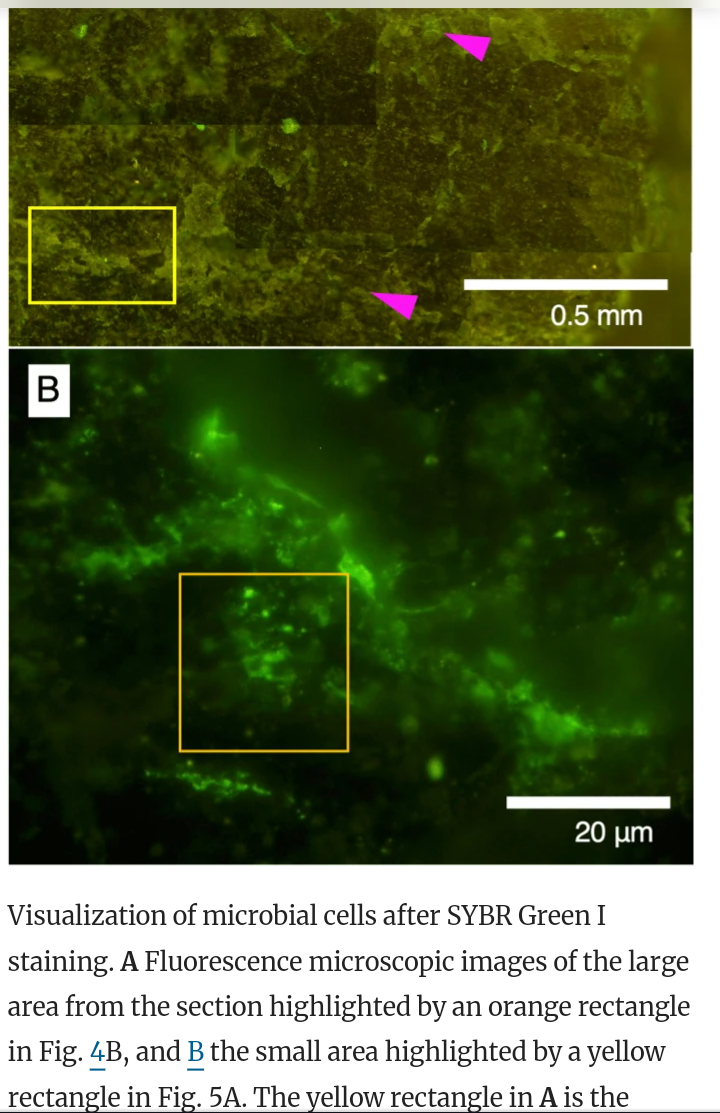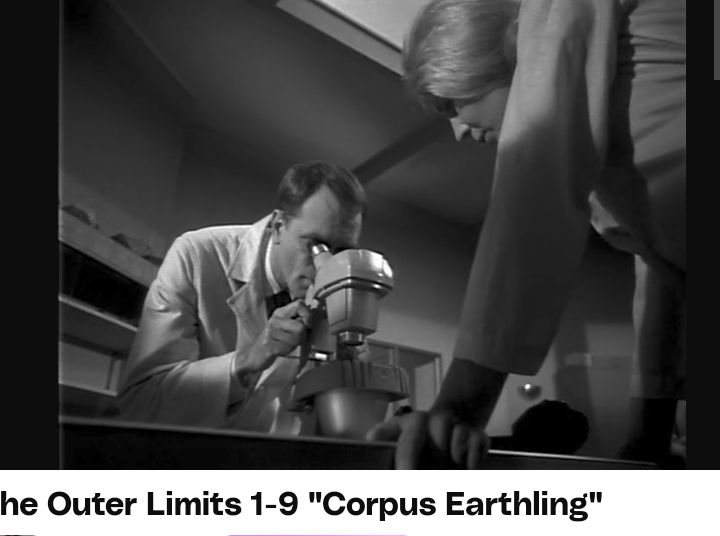2 Billion year old cells ?
South Africa
From: Chuck Darling
February 6, 2025
Re: Precautions
Crustal Biologists and Pyramid Archeologists are pushing the
envelope.
But are they in Level 4 labs ?
ChemoSynthetic Bacteria
that eat hydrated minerals...
Bones...
Watch !
From: Subsurface Microbial Colonization at Mineral-Filled Veins in 2-Billion-Year-Old Mafic Rock from the Bushveld Igneous Complex, South Africa
Habitability of the 2-Billion-Year-Old Mafic Rock
In ~ 100-Ma igneous rocks obtained from drill cores from the ICDP Oman ophiolite drilling and from IODP Expedition 329 to the South Pacific Gyre, microbial colonization was found to be associated with fractures and veins
Technical Advances in Microbial Detection from Drilled Igneous Rocks
For microbiological investigations of igneous rocks in the subsurface, the use of fluorescent microspheres started in terrestrial drilling [31] and was later adopted for ocean drilling [32]. A common procedure for detecting fluorescent microspheres is to crush the rock core material into powder [26]. Fluorescent microspheres are extracted from the powdered material by suspending the sample in a 3% NaCl solution and collecting fluorescent microspheres from the supernatant. This procedure cannot distinguish the exact location of fluorescent microspheres or the proportion of microspheres in fractures/veins and in the rock matrix.
The direct observation of fluorescent microspheres developed in this study enables the location-specific detection of fluorescent microspheres in fractures/veins.
Habitability of the 2-Billion-Year-Old Mafic Rock
In ~ 100-Ma igneous rocks obtained from drill cores from the ICDP Oman ophiolite drilling and from IODP Expedition 329 to the South Pacific Gyre, microbial colonization was found to be associated with fractures and veins
Suzuki Y, Trembath-Reichert E, Drake H (2022) The rocky biosphere: new insights from microbiomes at rock-water interfaces and their interactions with minerals. Front Microbiol 13:1102710
Hoehler TM, Jørgensen BB (2013) Microbial life under extreme energy limitation. Nat Rev Microbiol 11:83–94
Sueoka Y, Yamashita S, Kouduka M, Suzuki Y (2019) Deep microbial colonization in saponite-bearing fractures in aged basaltic crust: implications for subsurface life on Mars. Front Microbiol 10:2793
Ménez B, Pisapia C, Andreani M, Jamme F, Vanbellingen QP, Brunelle A, Richard L, Dumas P, Réfrégiers M (2018) Abiotic synthesis of amino acids in the recesses of the oceanic lithosphere. Nature 564:59–63
The Species in question eats Silicates...
Concrete ?
[Chuck's 00Cedar JPICedar ]
[ This page built with JPICedar by Chuck Darling M Tuesday Feb-6-2025 Time : 9:11a]









